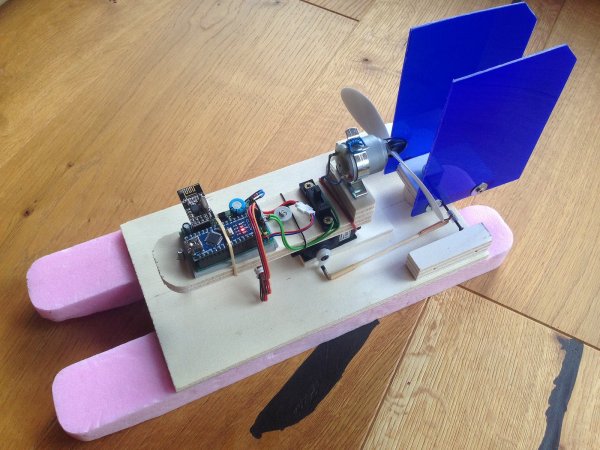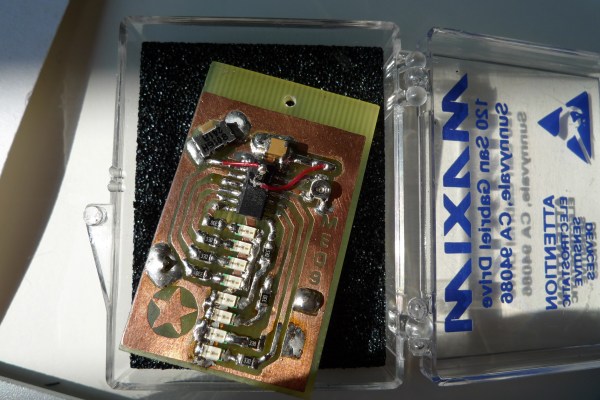In a move that may sadden many but should surprise nobody, Nintendo of America has issued a DMCA takedown notice for 562 fan-created games created in homage to Nintendo originals and hosted on the popular Game Jolt site. Games affected include Mario, Zelda, and Pokémon based creations among others, and Game Jolt have responded, as they are required to, by locking the pages of the games in question. They state that they believe their users and developers should have the right to know what content has been removed from their site and why the action has been taken, so they have begun posting any notices they receive in their GitHub repository.
It is likely that this action won’t be appreciated within our community, however it’s important to note that while there are numerous examples of DMCA abuse this is not one of them. Nintendo are completely within their rights over the matter, if you use any of the copyrighted Nintendo properties outside the safe harbor of fair use then you will put yourself legitimately in their sights.
Something that is difficult to escape though is a feeling that DMCA takedowns on fan-created games are rather a low-hanging fruit. An easy way for corporate legal executives to be seen to be doing something by their bosses, though against a relatively defenseless target and without really tackling the problem.
To illustrate this, take a walk through a shopping mall, motorway service station, or street market almost anywhere in the world, and it’s very likely that you will pass significant numbers of counterfeit toys and games copying major franchises including those of Nintendo. A lot of these dollar store and vending machine specials are so hilariously awful that their fakeness must be obvious to even the most out-of-touch purchaser, but their ready availability speaks volumes. Unlike the fan-created games which are free, people are buying these toys in huge numbers with money that never reaches Nintendo, and also unlike the fan-created games there’s not a Nintendo lawyer in sight. Corporate end-of-year bonuses are delivered on the numbers of violations dealt with, and those come easiest by piling up the simple cases rather than chasing the difficult ones that are costing the company real sales.
We’ve covered many DMCA stories over the years, and some of them have been pretty shocking. Questions over its use in the Volkswagen emissions scandal, or keeping John Deere tractor servicing in the hands of dealers. Let’s hope that the EFF and Bunnie Huang’s efforts pay off and dismantle section 1201, one of the most nonsensical parts of the law.





















